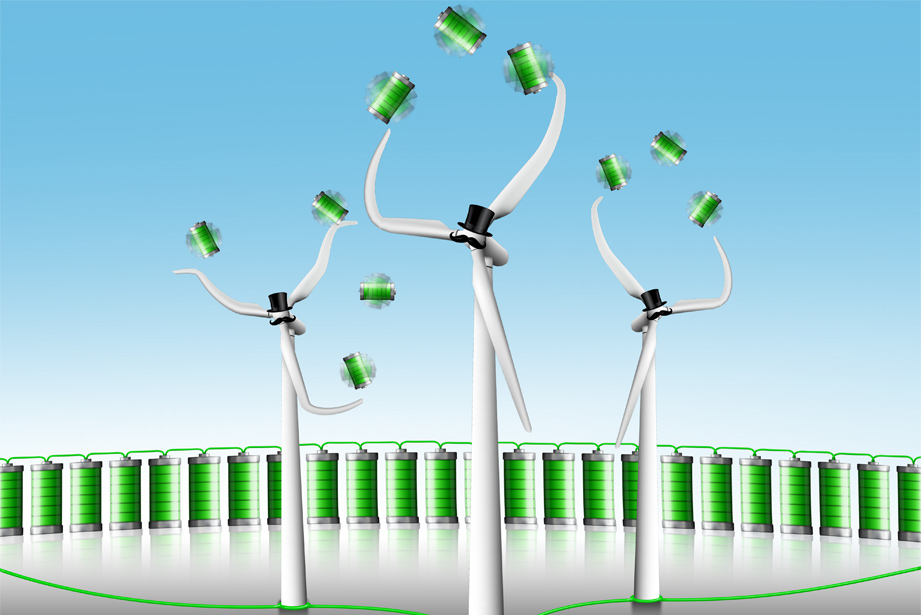Batteries + Wind = Grid Stability

In Demonstration, Energy Storage System Supports Grid Frequency Regulation
Everything is big in Texas, including wind farms, batteries… and their performance.
In a two-year demonstration project at Duke Energy’s 152-megawatt Notrees wind farm, a 36-megawatt battery storage system provided grid reliability and good returns. Duke Energy managed the project, and EPRI supported data analysis.
As part of the U.S. Department of Energy’s Smart Grid Demonstration Program, Duke Energy contracted with Younicos (formerly Xtreme Power) to build the lead-acid battery storage system in 2011. It was designed to support the optimal dispatch of the adjacent wind farm, enhance grid stability, and provide revenue for storage operators. Commercial operation began in 2013. Key findings:
- Operations: During 2013–2014, the battery system responded quickly and accurately to grid operator ERCOT’s dispatch instructions—typically more than 100 times per day—improving ERCOT’s ability to address grid frequency reductions. The system automatically detected when frequency fell below 59.91 hertz.
- Financial Returns: Net two-year revenue of $2.8 million, mostly from frequency regulation services and energy delivery, translates into a 20-year payback. “This is surprisingly good financial performance for a relatively new technology and application,” said Bob Entriken, an EPRI principal technical leader for the project.
Duke Energy announced that it would begin replacing the existing battery cells with lithium-ion technology in 2016.

